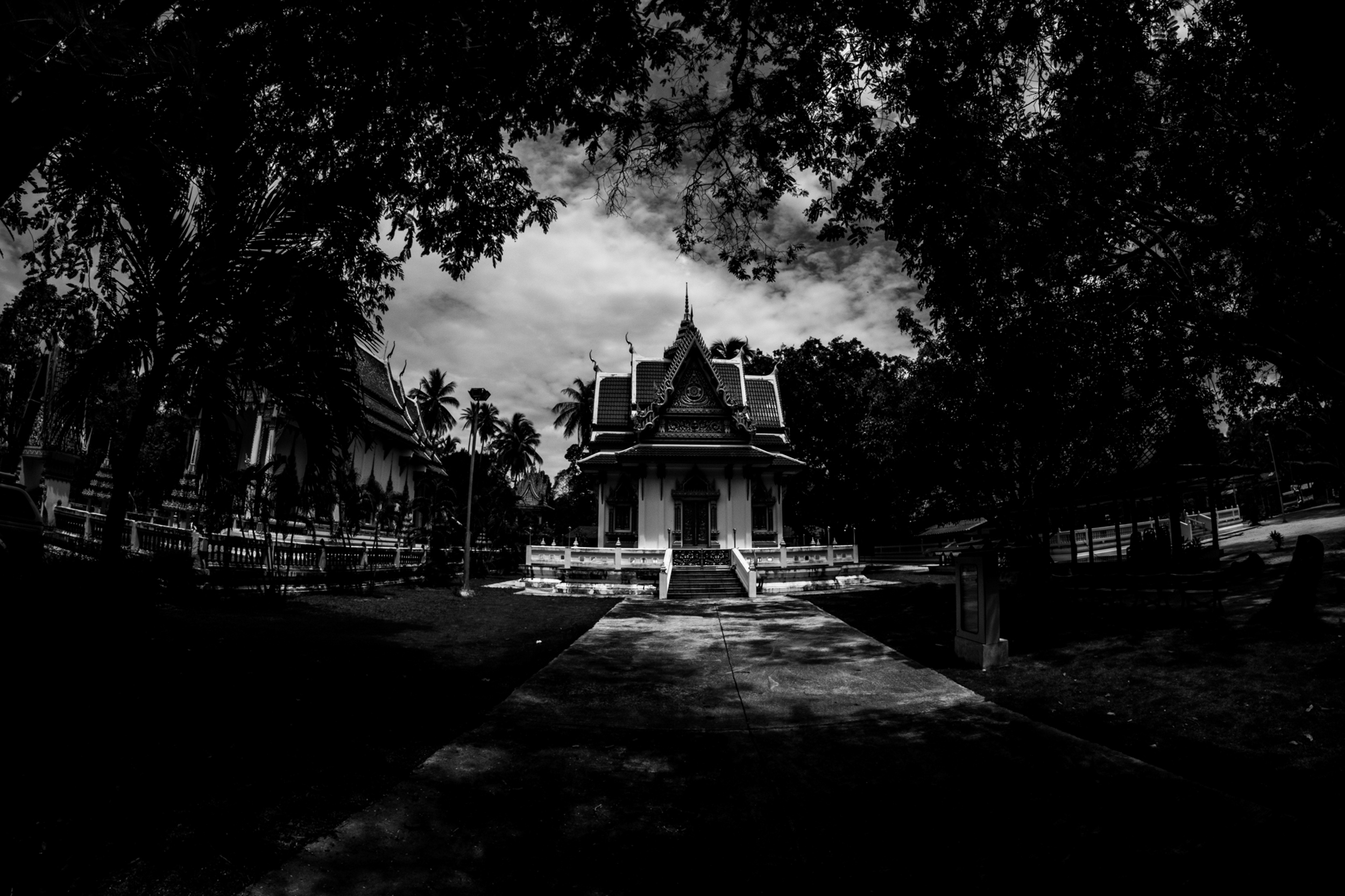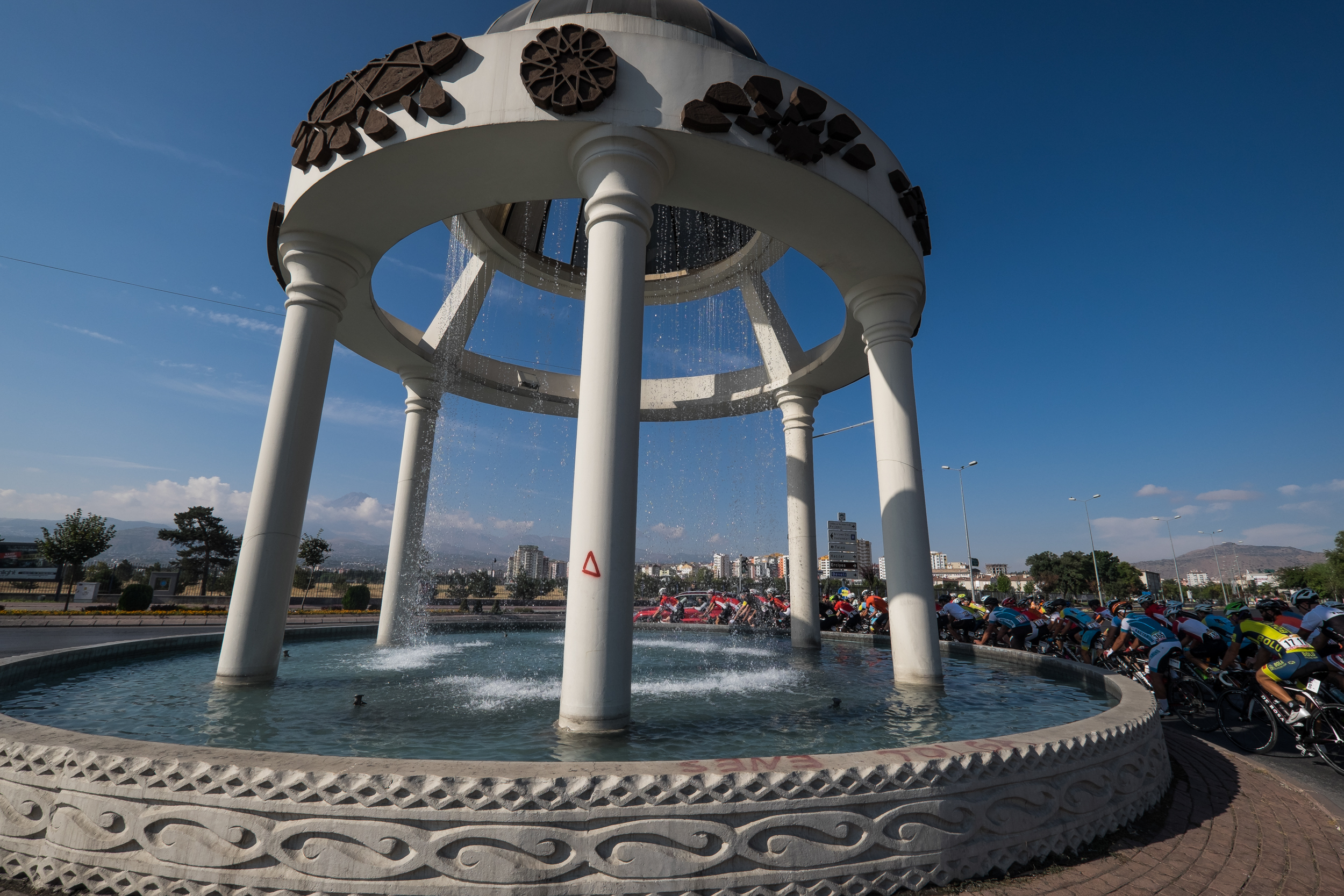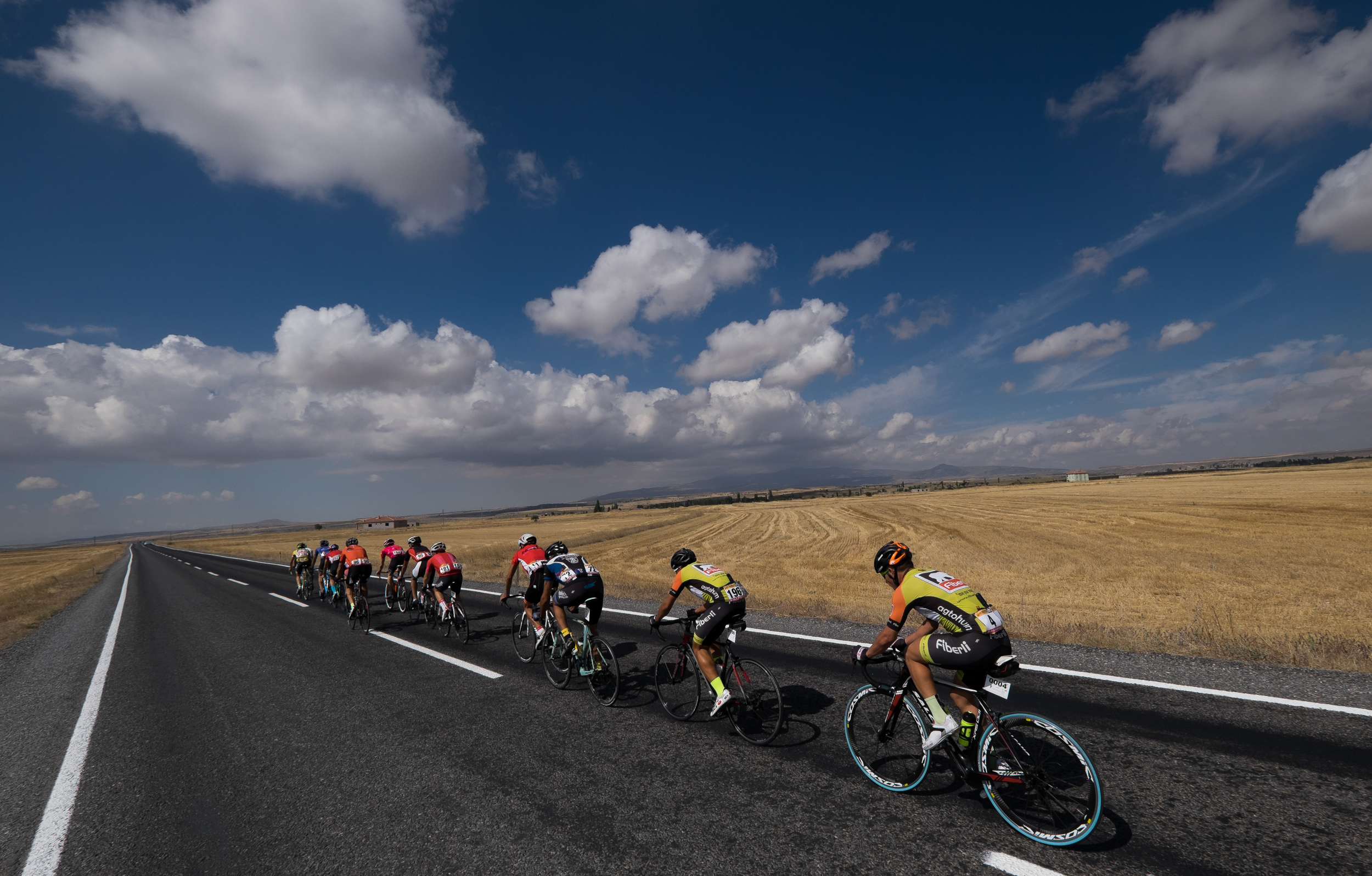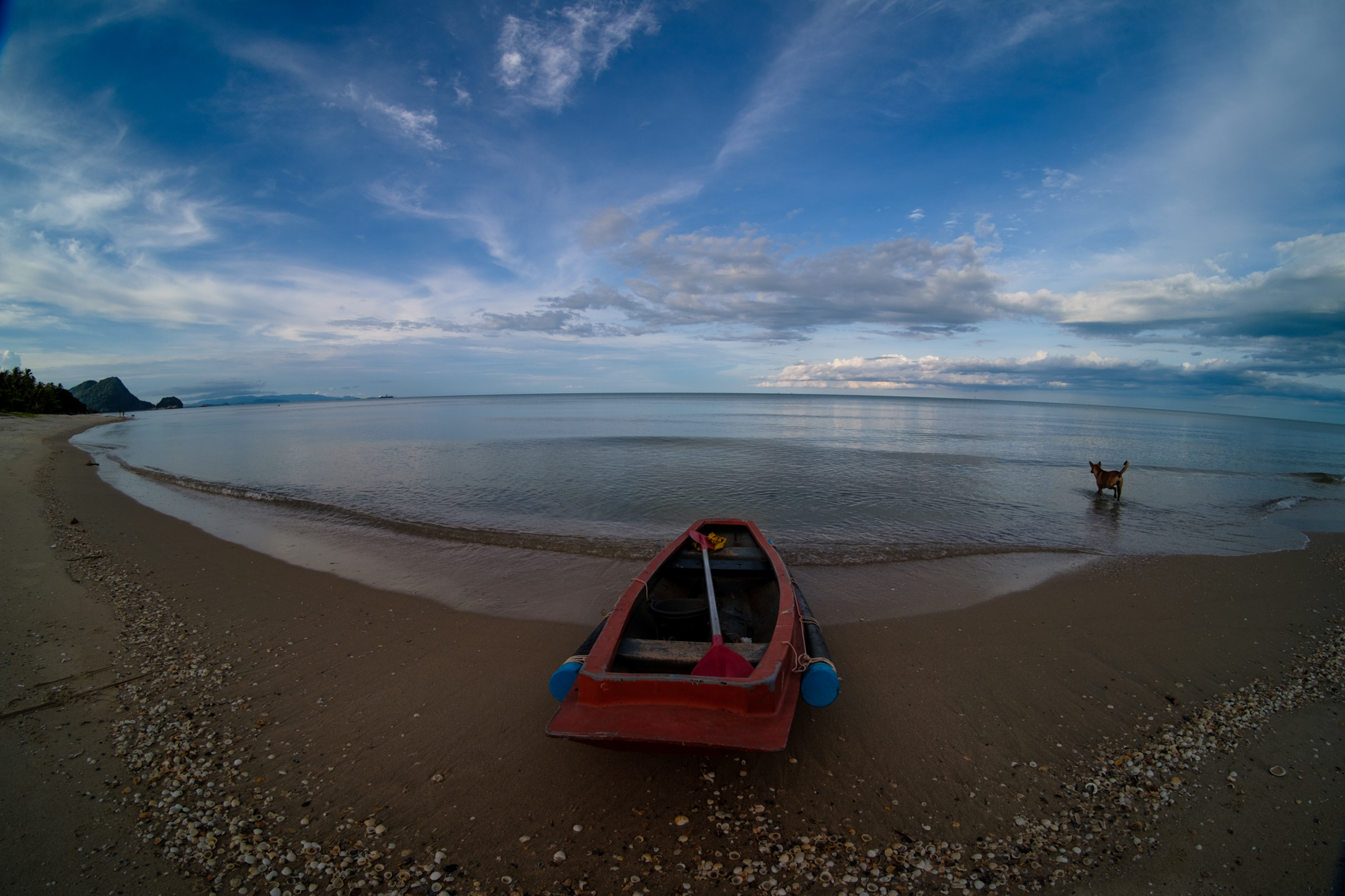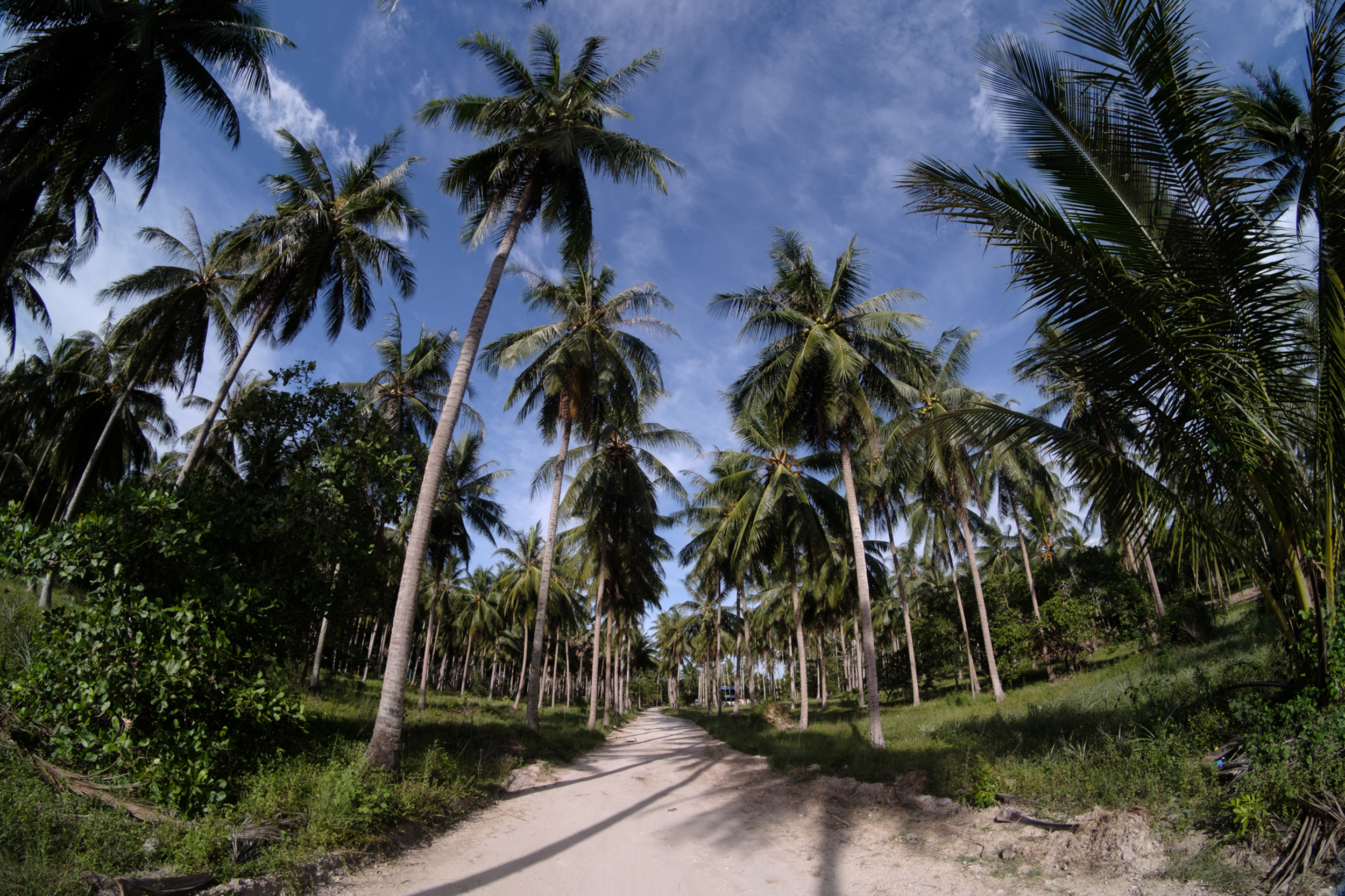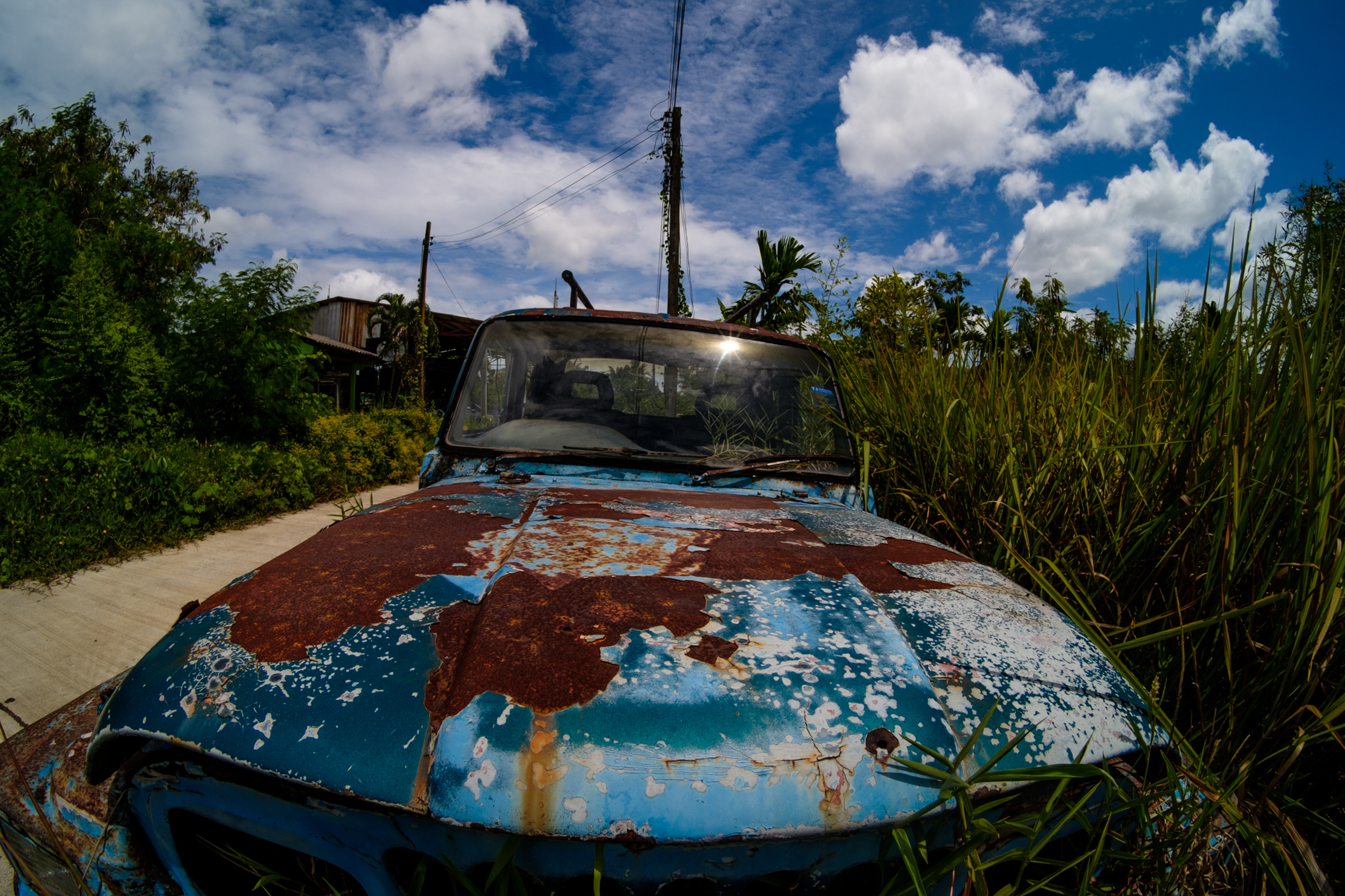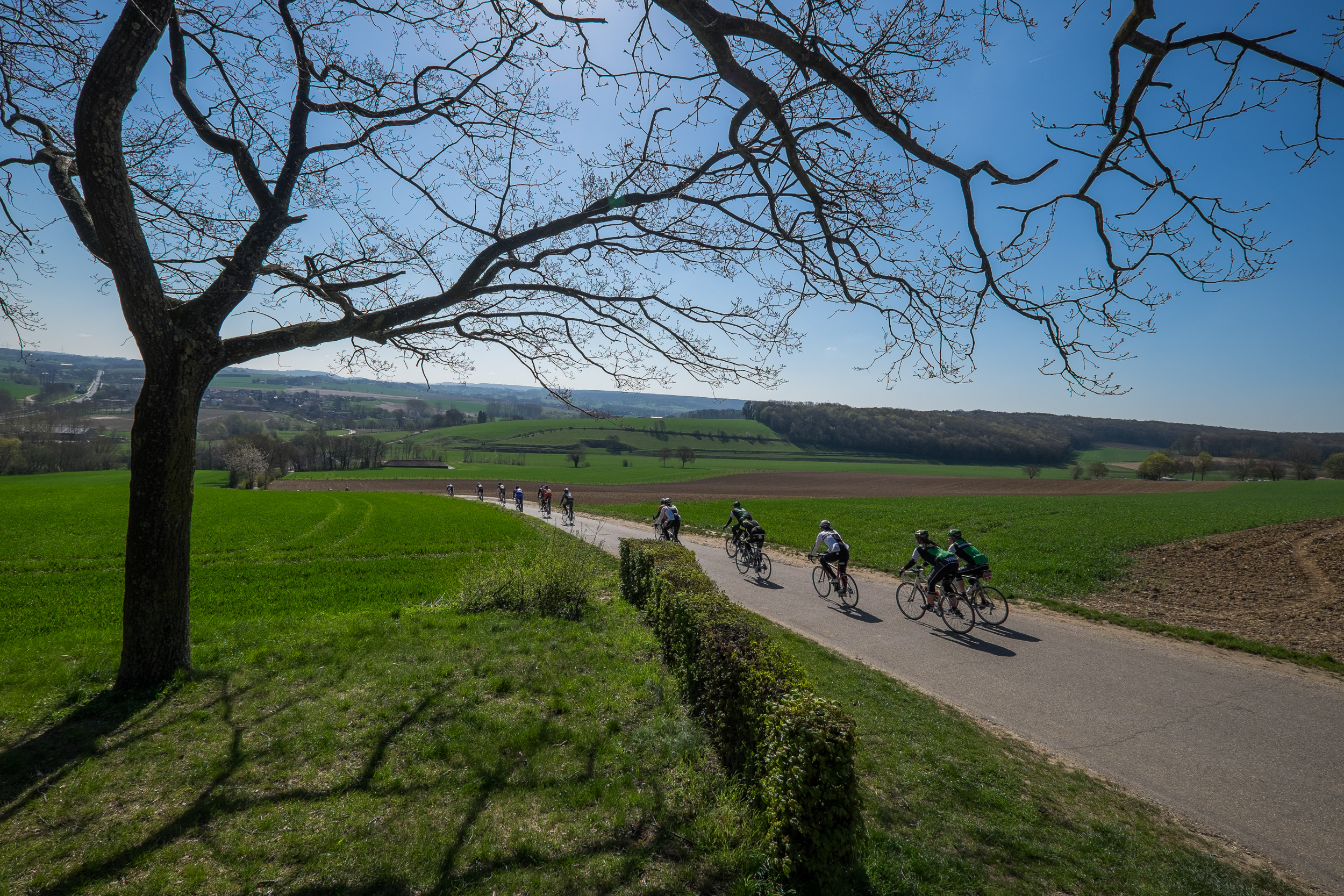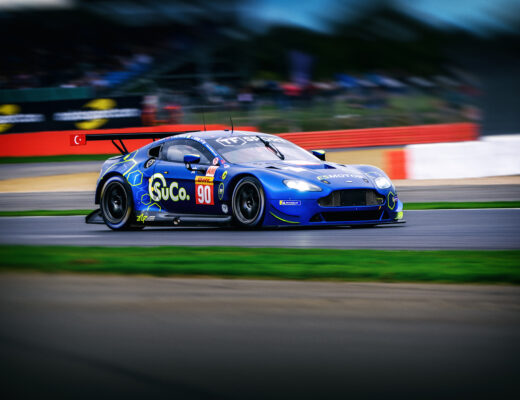The fisheye look may have fallen out of favour in recent times, but is it worth adding a cheap and cheerful lens to your armoury?
There was a time when owning a fisheye lens carried a certain amount of kudos. Stepping back to the early 1990s, I well remember my very first fisheye encounters with a lovely, curvaceous and mildly eccentric Canon 14mm version.
Over the years I’d worked in front of these beguiling and bulbous beauties many a time, when performing on a bike for other photographers. When pulled off to perfection, those images were always something extra special.
As I began spending as much time behind as in front of a camera, the fisheye was my first high-end EF lens and was quite the investment at the time; for around 15 years that straddled the film and early digital eras I shot the heck out of my fisheye lenses (I broke three).
But then what happened? I kind of fell out of love with it, or rather we started to drift apart when GoPros and their “close to” fisheye look started to become mainstream and thus the newly founded internet was soon flooded with cheap and cheerless fisheye-style images.
The X factor
When I first started using the Fujifilm X Series cameras (the X100 and X-E1), lens options were extremely limited, which, in many ways, was a good thing for a travelling photographer.
Apart from the 14mm prime there was no wide angle Fujinon lens in the early days and I do have to say that I really missed that option, especially when shooting action sports (my main thing). This was one of several reasons that I still travelled with my Canon DSLR system if I was shooting any real action, as I always had my 17-40mm to cover that broad and wide-eyed base.
Wide is wonderful
It took some time for Fujifilm to release the XF10-24mmF4 (as used in the cycling images). I was banging at the door to get hold of one of the prized first copies as soon as they came on sale and to this day that lens is my go-to for close action work.
This is a lens that I almost exclusively use towards the 10mm end of the scale, which gives a POV somewhere between my old Canon 14mm fisheye and the 17-40mm, although, of course, it doesn’t have that fisheye look and the distorted corners.
To some it’s a matter of personal taste when it comes to ultra-wide-angle lenses, and when shooting action and sports with them there is a huge element of confidence and skill involved; it’s easy to come unstuck and find yourself shredded by a bike chainring or becoming a human doormat – both of which have happened to me many times.
The return of the fisheye
There are still a number of holes in the Fujifilm lens line-up, and that includes a fisheye lens, although in truth even if they did produce a decent option I would most likely not bother investing in one anymore, not only because I’ve lost the love for that look but it would be so infrequently used given that I have the wide end covered, and with (almost) straight lines.
Several times over the years I’ve considered buying a Samyang 8mm fisheye and, at the price, it’s a reasonable enough investment for occasional use.
When the pandemic came around, I invested in a few things with the idea of shooting and stitching 360° images. Somewhere around about that time I started looking into fisheye options for the project but as no lover of computer and post-processing time, as well as knowing that I would potentially never get around to it (which was the case), I opted for the 7artisans 7.5mm (f/2.8) fisheye, which dropped the scales a not too shabby $139 or so.
This is not a technical review, as there are plenty of those online for this lens – and with extremely varying conclusions. At this price point I wasn’t really expecting too much but it was worth a shot, and if I did decide to shoot and stitch more, there was always still the option of dusting off my old Canons. As far as I’m aware, this lens is the first iteration; a second version followed later with slightly differing specs but, as far as I can assess, with around about the same levels of general performance. However, without actually comparing the two side by side, I cannot confirm this.
When I opened up the package, I was really surprised at the apparent quality; the lens came in a really nice box, which may be trivial, but it’s nice, and gives it that plush feel and ganders expectations beyond its price point.
As for the lens build quality? Hefty and apparently well-built, although I cannot yet attest to the longevity of the multi coating on the glass. The only things that did look a little under par were the barrel screws and I have read that people have had issues with these coming loose over time, which is no big issue if you notice it in time.
The first thing you will notice when using the EVF is that there is no aperture display in camera (which is not a big issue), and with no autofocus communication I decided to use red focus peaking, which is extremely apparent and over-powering with this lens, but is necessary as the wide POV means that it’s very hard to actually see what is and is not in focus.
The results
The initial landscape images I shot with the camera were somewhat underwhelming: lacking contrast, very un-sharp around the edges and with a fair amount on flare, and so I confined it to the bad, black box, for quite some time.
Deciding to give it a second crack, I took it out on the local streets for a week to see if we could have some acceptable fun together and to find out if I’d misjudged things on our first date.
How was the second outing? Well, I’d have to say pretty similar to the first time around. Overall, the images are fairly sharp in the centre but that really falls off as soon as you get anywhere near the edges, which is especially noticeable if you have foliage or power lines in the scene. That said, the biggest issue for me was the fringing and chromatic aberration around the edges, which even in post is hard to get rid of without disturbing colours in the sharper centre on the image.
Is the lens worth the price? Hell, yes! Is the image quality good enough? For me, no. But, for some users and situations, then maybe. The aforementioned issues mean that I would be unlikely to risk it in a professional situation, although if a clear open shot and really close-up, a decent shot could be pulled off.
Let us know below if you’ve had any experiences with other X Series compatible fisheyes.




